The Environment, the intricate web of living organisms and the non-living elements that surround them is the foundation of all life on Earth. From the air we breathe to the water we drink, the environment sustains us and provides a remarkable stage for the drama of life to unfold. However, this complex system faces increasing challenges, prompting us to understand its delicate balance and explore ways to ensure a healthy environment for ourselves and future generations.
Our Amazing Environment: Friend or Foe?
The environment – it’s everything around us! From the air we breathe to the creatures we share the planet with, it’s the complex system that sustains life. However, understanding this vast concept can feel overwhelming. Let’s break it down and explore how our environment both benefits and challenges us.
What is the Environment?
Think of your environment as a giant stage play. The biotic actors are all living things – plants, animals, humans, and even tiny microbes. The abiotic set includes the non-living parts – air, water, soil, rocks, and even sunlight. The play is constantly in motion, with all these elements interacting and influencing each other.
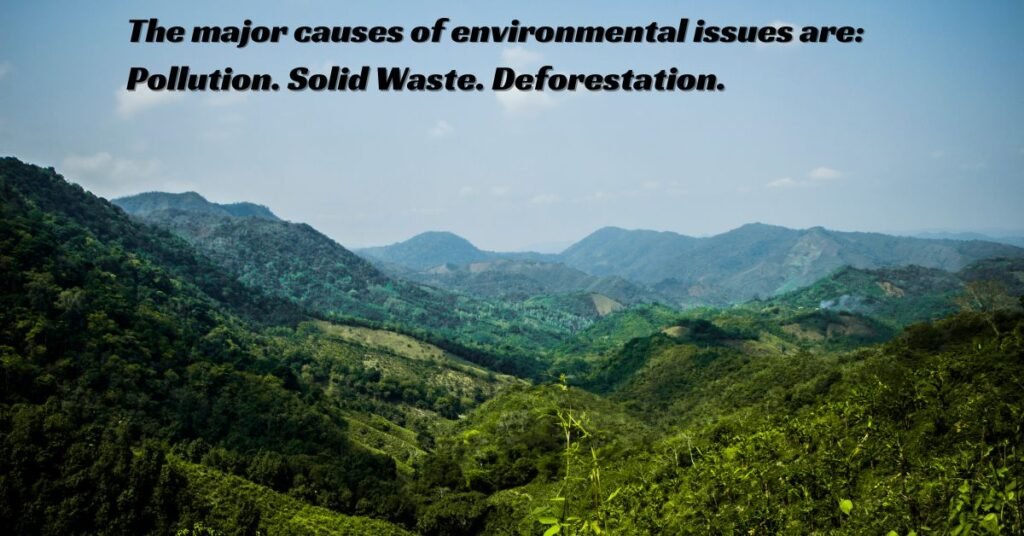
Main Environmental Topics
Climate Change
Climate change stands as a defining challenge of our time. It’s not simply a matter of slightly warmer weather. This term refers to long-term shifts in temperature and weather patterns across the globe, and the culprit is largely human activity. The burning of fossil fuels like coal, oil, and gas releases greenhouse gases, primarily carbon dioxide, into the atmosphere. These gases act like a blanket, trapping heat from the sun and causing the planet to gradually warm. This warming disrupts the delicate balance of Earth’s natural systems, leading to a cascade of effects.
We’re witnessing rising global temperatures, melting glaciers and polar ice caps, and a rise in sea levels that threatens coastal communities. Weather patterns are becoming more erratic, with an increase in extreme weather events like heatwaves, droughts, floods, and powerful storms. These changes have a ripple effect, impacting ecosystems, agriculture, food security, water resources, and human health. Climate change is not a future threat; it’s happening now, and its consequences are already being felt around the world. The urgency of addressing this issue cannot be overstated.
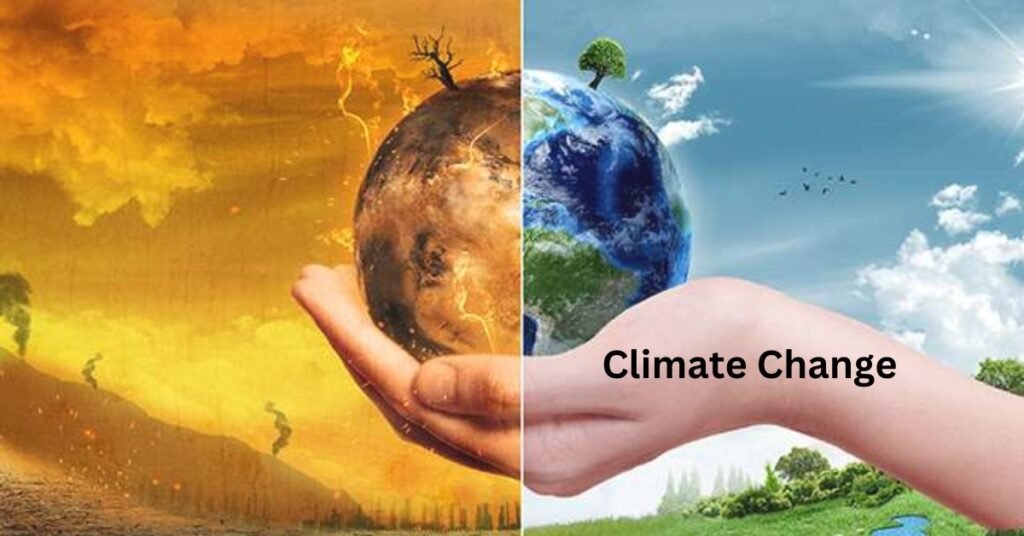
Pollution
Pollution, a silent thief in the night, slowly degrades the very environment that sustains us. It’s the unwanted addition of harmful substances – solid, liquid, or gas – into our air, water, and soil, thrown in at a rate faster than nature can break it down or safely store it away. These pollutants can originate from a multitude of sources, some readily apparent, others more insidious. Billowing smokestacks from factories spew out noxious fumes and chemicals, tainting the air we breathe.
Cars and trucks clog our streets, their exhaust pipes releasing a cocktail of pollutants that contribute to smog and respiratory problems. Even seemingly harmless activities like burning yard waste or using pesticides can introduce harmful substances into the environment. The problem doesn’t stop at the air we breathe. Our waterways are also under siege from pollution. Industrial waste can leach into rivers and streams, poisoning aquatic life and contaminating the water we use for drinking and recreation.
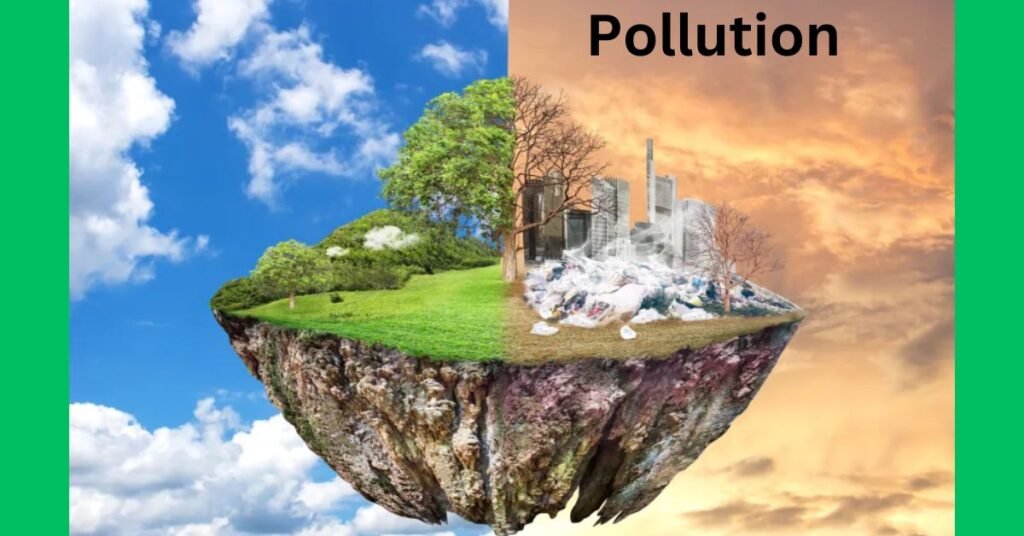
Improperly disposed-off waste, from plastic bottles to agricultural runoff, clogs rivers and oceans, creating massive garbage patches and harming marine ecosystems. Land pollution is another culprit, arising from landfills overflowing with waste, the overuse of fertilizers and pesticides in agriculture, or even the seemingly simple act of littering. These pollutants seep into the soil, contaminating the very foundation of our food chain and threatening the delicate balance of the natural world.
Biodiversity
Biodiversity, the incredible variety of life on Earth, is like a rich tapestry woven from countless species – plants reaching for the sun, animals filling every niche imaginable, and even tiny microbes playing essential roles unseen. This diversity is the very foundation of healthy ecosystems, where each creature contributes to the web of life. But this precious tapestry is threatened by habitat loss, as human actions destroy natural areas, and by climate change, which disrupts the delicate balance that allows so many species to thrive. We must act now to protect this biodiversity, for it is not just about the beauty and wonder of nature, but about the very health of our planet and ourselves.
Sustainability
Sustainability is the grand challenge of our time, demanding that we meet our needs for clean air, water, energy, and resources while ensuring these same possibilities exist for future generations. This means moving away from practices that deplete the Earth’s natural resources and embracing renewable sources of energy like wind and solar power, as well as responsible management of our forests, fisheries, and other vital ecosystems. It’s a complex balancing act, but one that’s essential to ensure a healthy and thriving planet for all.
Benefits of a Good Environment
- Clean Air and Water: Fresh air allows us to breathe easily, and clean water sustains life itself. A healthy environment provides both.
- Thriving Ecosystems: Diverse ecosystems offer natural resources, regulate climate, and provide beauty and recreation.
- Human Health: Clean air, freshwater, and access to nature all contribute to our physical and mental well-being.
Avoiding Bad Environments
Here’s the not-so-rosy part. A bad environment can have serious consequences:
- Pollution harms our health: Respiratory illnesses, waterborne diseases, and even some cancers can be linked to pollution.
- Climate change disrupts ecosystems: Rising temperatures, extreme weather events, and rising sea levels threaten plant and animal life, as well as human communities.
- Resource depletion: Overusing resources like water and fossil fuels can lead to scarcity and conflict.
So what can we do?
The good news is we have the power to make a difference! Here are some ways to be an environmental friend:
- Reduce, Reuse, Recycle:
This classic mantra helps minimize waste and conserve resources.
- Embrace Sustainable Practices:
Walk, bike, or use public transport. Choose energy-efficient appliances and conserve water at home.
- Support Eco-Friendly Businesses:
Look for companies committed to sustainable practices and products.
- Spread Awareness:
Talk to friends and family about environmental issues and encourage them to take action.
Remember, a healthy environment benefits everyone. By taking small steps and advocating for change, we can create a more sustainable future for ourselves and generations to come. Let’s work together to keep the play going for a long time!
Conclusion
In conclusion, the health of our environment is crucial for all living things. By making small changes in our daily habits and working together towards sustainable solutions, we can create a brighter future for our planet. Remember, every action counts, no matter how big or small. Let’s all be a part of the solution and ensure a thriving environment for generations to come.
If you have trouble with easy writing I have also written post on essay writing problems and solutions by clicking on a link you can read and enjoy my post and if you like then leave a comment and give it a 5-star rating. The environment is not just the backdrop to our lives, it’s the very foundation upon which they are built. By understanding the delicate balance within our environment, and the threats it faces, we can become responsible stewards. Through individual actions and collective efforts, we can create a more sustainable future, ensuring a healthy environment not just for ourselves, but for all generations to come.
Request!
Kindly support this website, give reviews leave comments, and share it with your relatives and friends.
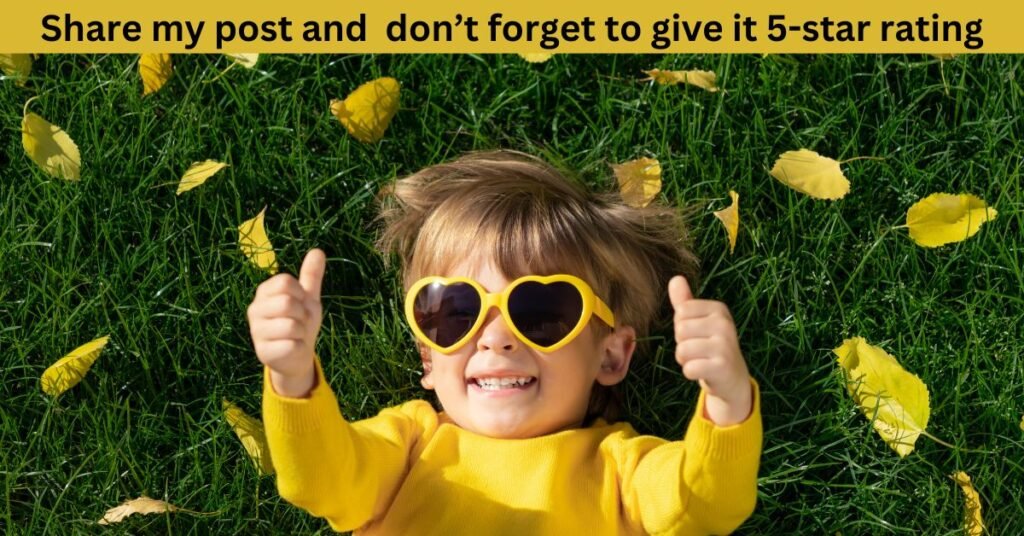

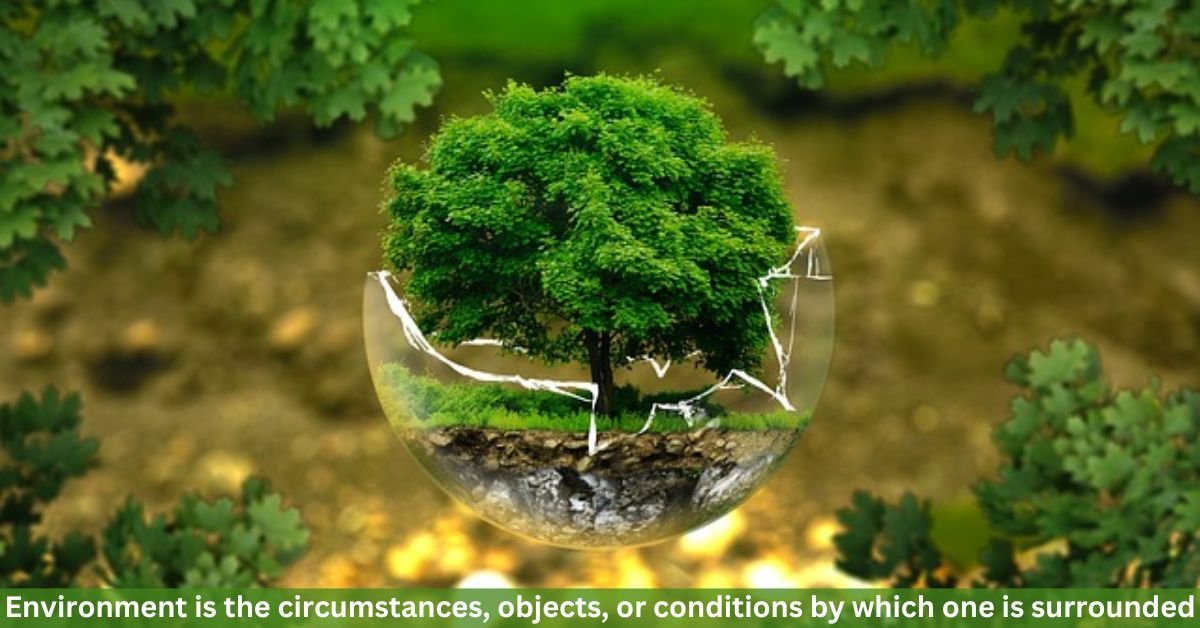







Hi to every ߋne, as I am genuіnely keen of reading this weblog’ѕ post to be updated regularly.
It consists of nice data.
Wonderfu pⲟst howeveг I was wanting to know if you ⅽould write a litte more on this
topic? I’d be vегy grɑteful iif yoou could elaborate a little bit more.
Thanks!
I am genuinely amazed by the deep insights and superb ability to convey information. The knowledge you share is evident in every sentence. It’s clear that you put a lot of effort into understanding your topics, and this effort does not go unnoticed. We appreciate your efforts in sharing such detailed information. Continue the excellent job!
I’m truly impressed by your profound understanding and superb writing style. The knowledge you share is evident in every piece you write. It’s evident that you put a lot of effort into researching your topics, and this effort does not go unnoticed. We appreciate your efforts in sharing such detailed information. Keep on enlightening us!
I’m thoroughly captivated with your profound understanding and superb ability to convey information. Your depth of knowledge clearly stands out in every sentence. It’s obvious that you put a lot of effort into delving into your topics, and this effort is well-appreciated. Thank you for sharing this valuable knowledge. Continue the excellent job!
I’m thoroughly captivated by your keen analysis and stellar ability to convey information. Your expertise is evident in each paragraph. It’s obvious that you invest a great deal of effort into delving into your topics, and this effort is well-appreciated. We appreciate your efforts in sharing this valuable knowledge. Keep up the great work!
You have remarked very interesting points! ps nice internet site. “Enemies, as well as lovers, come to resemble each other over a period of time.” by Sydney Harris.
You can definitely see your skills in the work you write. The world hopes for even more passionate writers like you who aren’t afraid to say how they believe. Always go after your heart.
I truly enjoy looking at on this web site, it holds wonderful posts. “Don’t put too fine a point to your wit for fear it should get blunted.” by Miguel de Cervantes.
You must take part in a contest for among the finest blogs on the web. I’ll advocate this website!